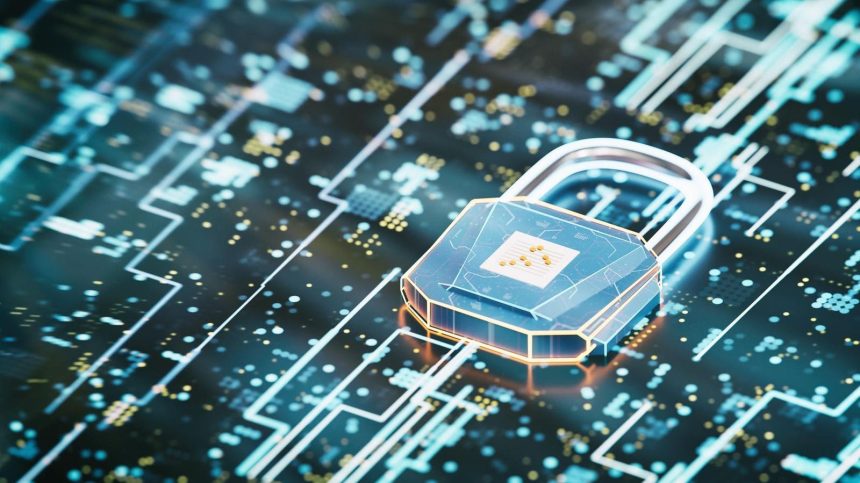Cisco’s newly unveiled AI Defense represents a significant stride in addressing the escalating security concerns surrounding the rapid adoption of artificial intelligence across various industries. This comprehensive security solution aims to provide organizations with the tools necessary to secure their AI deployments by integrating visibility, validation, and enforcement across both enterprise networks and cloud environments. The solution’s emergence underscores a growing recognition within the industry that AI security is not just an afterthought but rather a critical factor in successful enterprise AI adoption. As AI models become increasingly sophisticated and integrated into core business operations, the potential risks associated with their misuse or manipulation become equally significant, demanding a proactive and robust security approach.
The challenge of securing AI deployments stems partly from the unpredictable nature of AI models. These models constantly evolve as they are trained on new data, creating a dynamic security landscape. This inherent fluidity introduces a range of security concerns, including the potential for model manipulation, prompt injection attacks where malicious inputs are used to manipulate the model’s output, and the risk of sensitive data exfiltration. Further complicating matters is the absence of a standardized framework for AI security, unlike the well-established Common Vulnerabilities and Exposures database used in traditional cybersecurity. This lack of a common framework makes it difficult to identify and categorize AI-specific vulnerabilities and share best practices for mitigation. Cisco’s AI Defense seeks to address this gap by providing a comprehensive platform that tackles various aspects of AI security, including model validation, threat detection, and policy enforcement.
A core component of Cisco’s AI Defense is its automated model validation capability. The process of validating AI models to ensure they produce expected and safe outputs can be time-consuming and resource-intensive when performed manually. Cisco claims their solution can dramatically reduce this validation time through automated testing, akin to fuzz testing in traditional cybersecurity. This automated process involves running trillions of test queries against the AI model to identify potential vulnerabilities, biases, and exploits much faster than any human-led approach. By proactively identifying these weaknesses, organizations can mitigate risks before they can be exploited by malicious actors. This proactive approach is crucial in a rapidly evolving AI landscape where new threats and vulnerabilities emerge constantly.
Cisco AI Defense operates on three key levels: visibility and monitoring, validation and AI red teaming, and enforcement and guardrails. The visibility and monitoring layer provides a comprehensive overview of AI usage within the enterprise, identifying AI applications, mapping their interactions with data sources and other applications, and continuously monitoring for anomalies and unauthorized access. The validation and AI red teaming layer employs automated testing to identify potential security risks, including biases, toxic outputs, and attack vectors. This automated “red teaming” simulates real-world attacks to identify vulnerabilities before they can be exploited by malicious actors. Finally, the enforcement and guardrails layer translates security policies into actionable controls, preventing AI misuse by restricting unauthorized model access and integrating with Cisco’s existing security architecture for comprehensive protection.
A significant advantage of Cisco’s AI Defense is its integration with the company’s existing security portfolio. Unlike standalone AI security tools, AI Defense is designed to operate seamlessly within Cisco’s broader security ecosystem, including Secure Access, Secure Firewall, and its networking infrastructure. This integration allows organizations to apply consistent AI security policies across their entire environment – from the network edge to the cloud – simplifying management and reducing complexity. By embedding AI security into the network fabric, enforcement occurs not only at the software layer but also at the infrastructure level, providing a more robust and layered defense. This integrated approach addresses a key challenge in AI security: the need for solutions that can protect AI applications without creating additional management overhead or hindering innovation.
Cisco’s foray into AI security highlights the increasing industry focus on this critical area. With no universally recognized framework for AI threat detection and mitigation, the field is still evolving. Recent incidents involving the misuse of AI, such as the generation of harmful content or the use of AI to facilitate real-world attacks, have underscored the need for robust security measures. Cisco’s emphasis on continuous AI validation recognizes that AI models are not static entities. As models evolve with new data, their behavior can change, introducing new vulnerabilities. Continuous validation and monitoring are, therefore, essential to maintaining security and adapting to the evolving threat landscape. This proactive approach aligns with the growing emphasis on AI governance and oversight within the industry, as organizations seek standardized methods to ensure the safe and responsible development and deployment of AI. The future of AI security likely involves increased collaboration among various stakeholders, including security vendors, AI model providers, and regulatory bodies, to establish best practices and standards for securing AI systems. Cisco’s approach reflects this need for collaboration, positioning itself as a contributing member within the broader AI ecosystem. This collaborative approach is essential to ensure that the rapid advancements in AI are accompanied by robust security measures that foster trust and responsible innovation.



